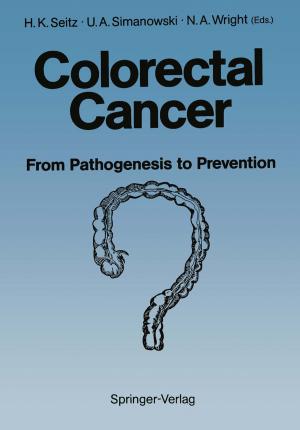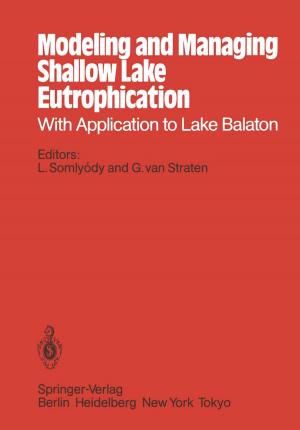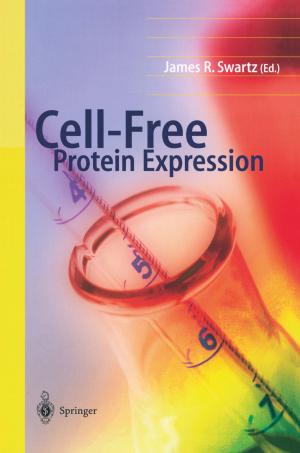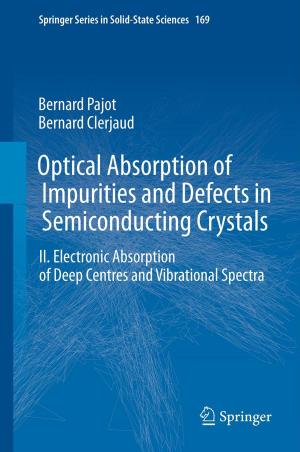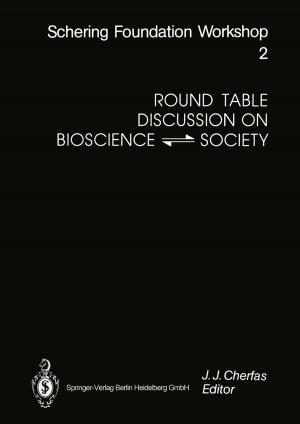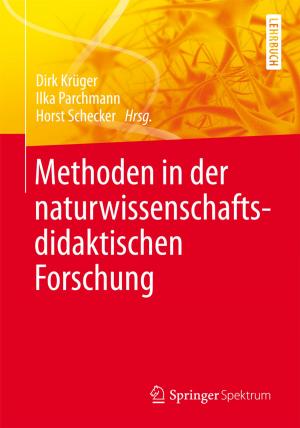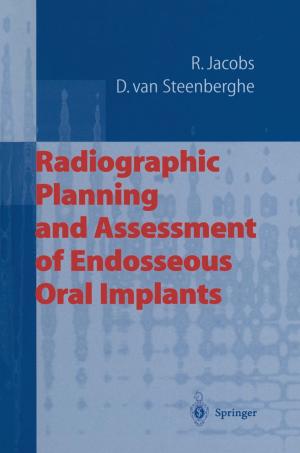Archaean Geochemistry
The Origin and Evolution of the Archaean Continental Crust
Nonfiction, Science & Nature, Science, Earth Sciences, Mineralogy| Author: | ISBN: | 9783642700019 | |
| Publisher: | Springer Berlin Heidelberg | Publication: | December 6, 2012 |
| Imprint: | Springer | Language: | English |
| Author: | |
| ISBN: | 9783642700019 |
| Publisher: | Springer Berlin Heidelberg |
| Publication: | December 6, 2012 |
| Imprint: | Springer |
| Language: | English |
Archaean Geochemistry 1972 - 1984 The realisation that the continental crust contains well-preserved relics which date as far back as 4/5 of the Earth's age has given a great impetus to the study of early Precambrian terrains. As late as the mid-sixties the Archaean still constituted the 'terra-in cognita' of earth science. High metamorphic grades, poor out crop, and not least a widely assumed obliteration of early crustal records by convective recycling and thermal reworking had com bined to discourage research in this field. Many excellent local studies existed, notably around gold mining centres, but remained unrelated to a broader regional and theoretical understanding. This situation has changed as the consequence of two inter-related factors: (1) advances in isotopic methods and their application to Precambrian rocks, and (2) the recognition that some of the oldest terrains have retained a wealth of primary igneous and sedi mentary textures and even geochemical characteristics.
Archaean Geochemistry 1972 - 1984 The realisation that the continental crust contains well-preserved relics which date as far back as 4/5 of the Earth's age has given a great impetus to the study of early Precambrian terrains. As late as the mid-sixties the Archaean still constituted the 'terra-in cognita' of earth science. High metamorphic grades, poor out crop, and not least a widely assumed obliteration of early crustal records by convective recycling and thermal reworking had com bined to discourage research in this field. Many excellent local studies existed, notably around gold mining centres, but remained unrelated to a broader regional and theoretical understanding. This situation has changed as the consequence of two inter-related factors: (1) advances in isotopic methods and their application to Precambrian rocks, and (2) the recognition that some of the oldest terrains have retained a wealth of primary igneous and sedi mentary textures and even geochemical characteristics.


